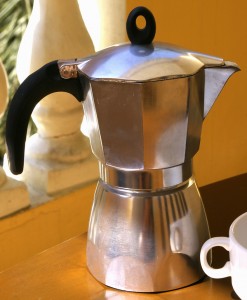There was a time when I loved fried anything: chicken, pork, fish. You name it, if it’s fried I love it. But those days were long gone. These days, the aroma has become a stink, the crunchiness has become dryness, the juiciness has become greasiness, and the taste has become simply salty. Not that I wouldn’t eat fried. It’s just not my first, even second or third, choice.
UPDATE: Guess what was for dinner? Fried chicken wings! :P

